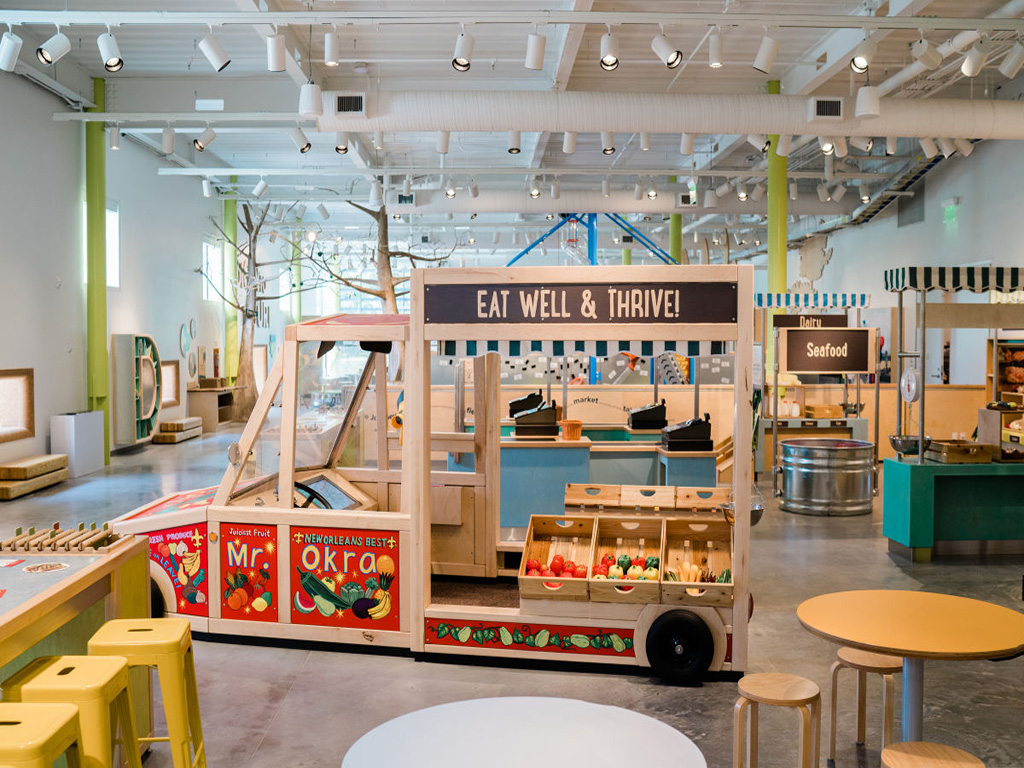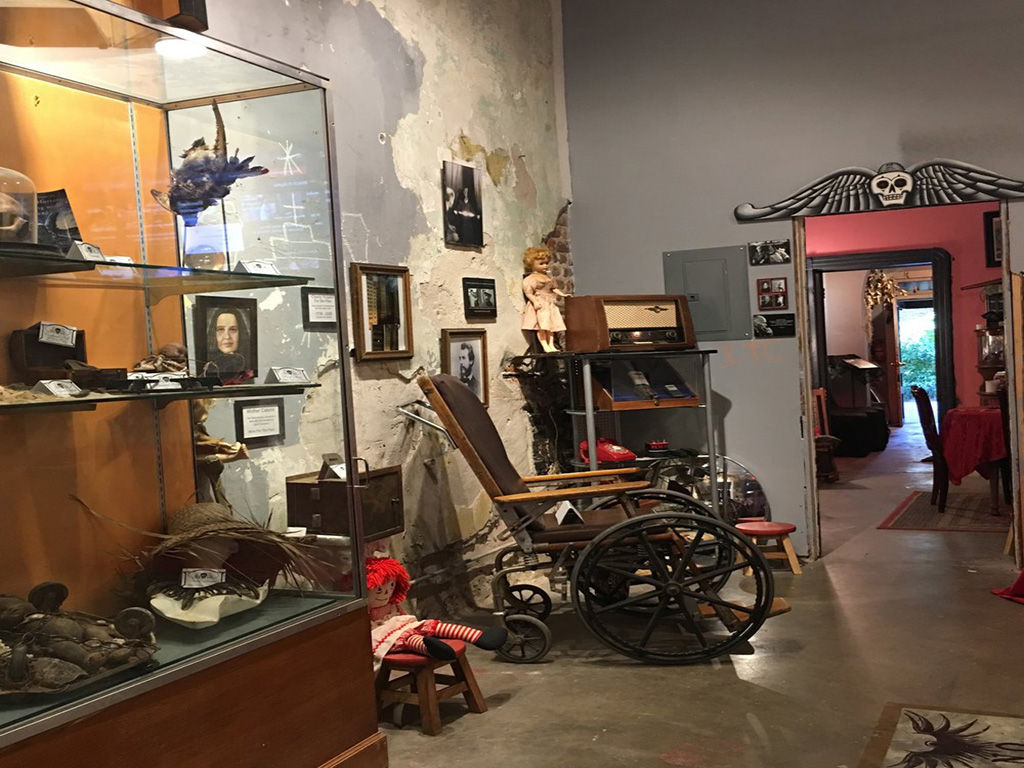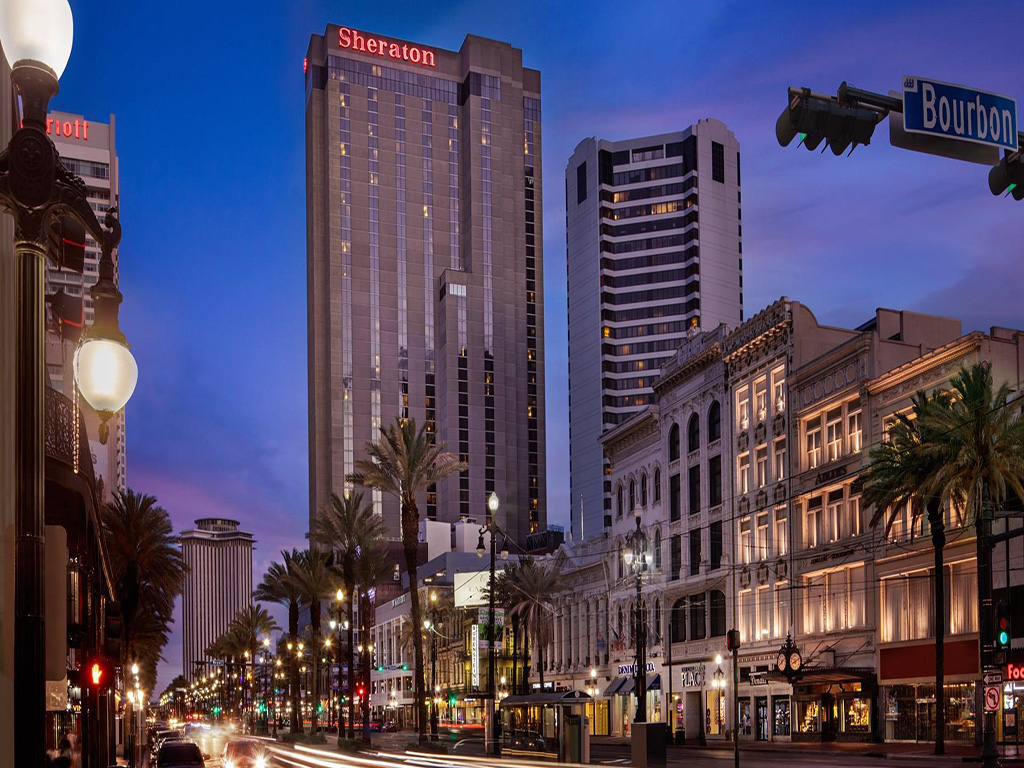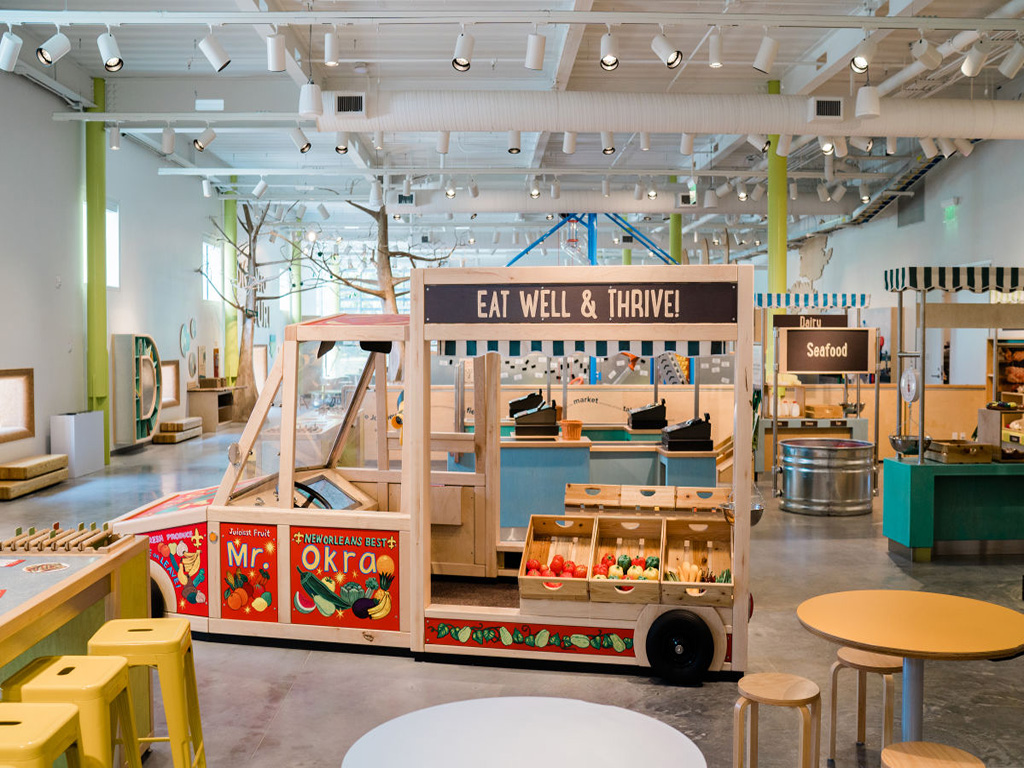Mardi Gras New Orleans
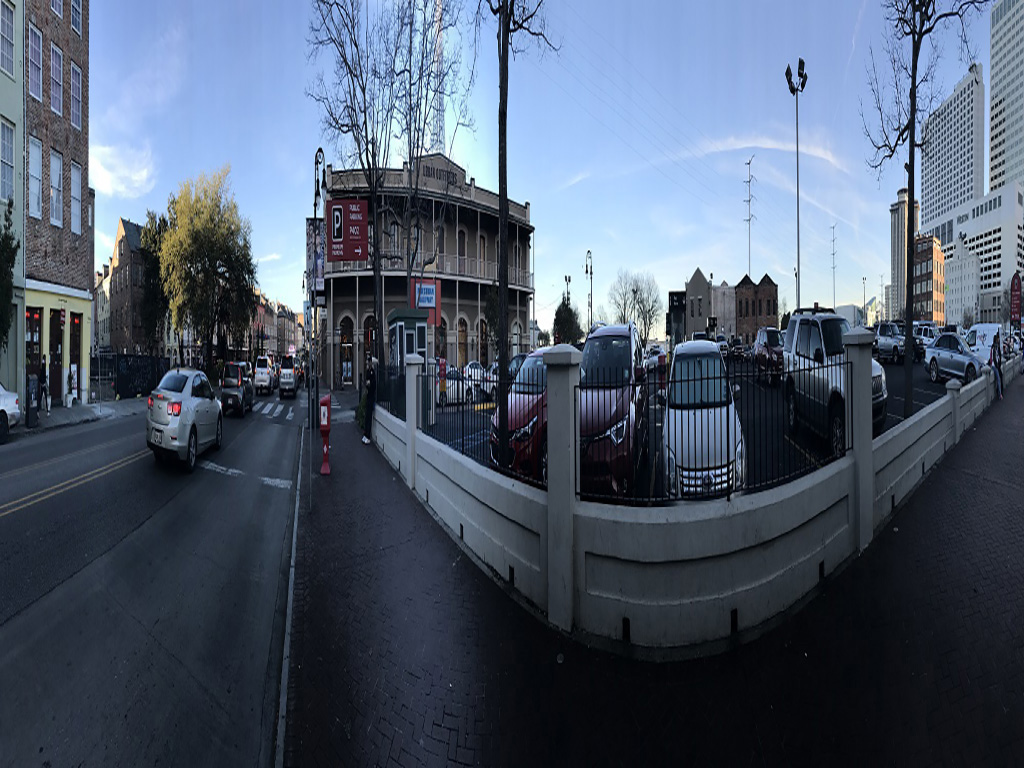
Premium Parking - P402, New Orleans
Long before it became our mission to provide a clean, efficient and friendly place to park, Jim Huger was working for parking management companies in Washington, D.C. and California. Yet, it wasn’t until the early 90s that Jim returned to New Orleans to lead...
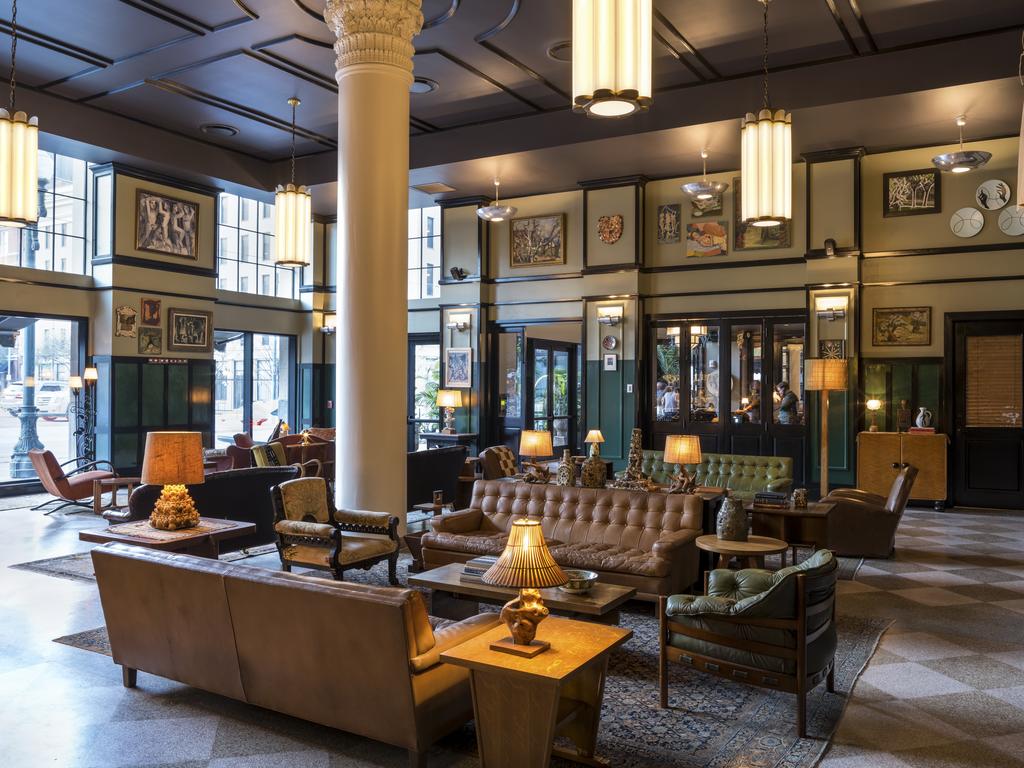
Haunted Museum & Spirit Shop
Using our professional paranormal equipment, holstic methods and big screen playback of your encounters, Bloody Mary Ghost Hunts are a very real hands on experiences/ They take place in our 200-year-old haunted house in the French Quarter at 826 & 828 North Rampart
What is a Mardi Gras Indian?
"Mardi Gras Indians are secretive because only certain people participated in masking--people with
questionable character. In the old day, the Indians were violent. Indians would meet on Mardi Gras; it was a
day to settle scores." - Bannock, Past President, New Orleans Mardi Gras Indian Council
The Mardi Gras Indians are comprised, in large part, of the African-American communities of New Orleans's
inner city. While these Indians have paraded for well over a century, their parade is perhaps the least
recognized Mardi Gras tradition.
"Mardi Gras Indians--the parade most white people don't see. The ceremonial procession is loose, the parade
is not scheduled for a particular time or route...that is up to the Big Chief
- Larry Bannock
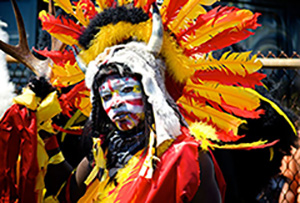
Traditional Mardi Gras organizations form a "krewe." A krewe often names their parade after a particular
Roman or Greek mythological hero or god. The ranking structure of a Mardi Gras Krewe is a parody of royalty:
King, Queen, Dukes, Knights and Captains, or some variation of that theme. Many of the more established
krewes allow membership by invitation only
Few in the ghetto felt they could ever participate in the typical New Orleans parade. Historically, slavery
and racism were at the root of this cultural separation. The black neighborhoods in New Orleans gradually
developed their own style of celebrating Mardi Gras. Their krewes are named for imaginary Indian tribes
according to the streets of their ward or gang.
"Mardi Gras Indians are secretive because only certain people participated in masking--people with
questionable character. In the old day, the Indians were violent. Indians would meet on Mardi Gras; it was
a day to settle scores." - Bannock, Past President, New Orleans Mardi Gras Indian Council
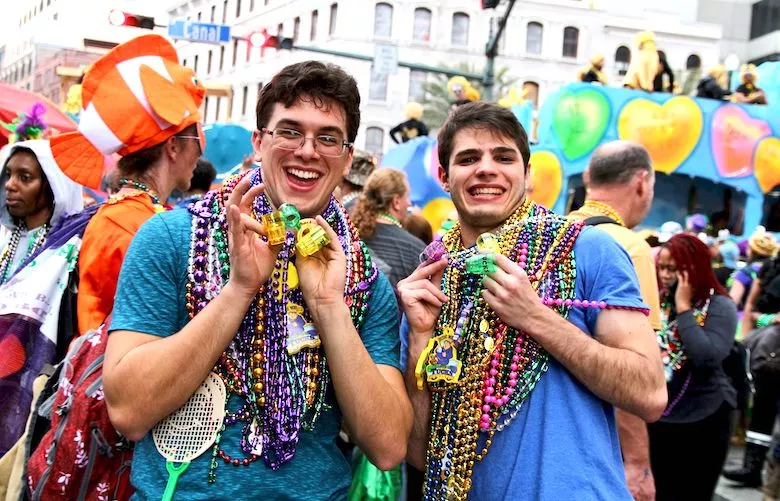
The Mardi Gras Indians are comprised, in large part, of the African-American communities of New Orleans's
inner city. While these Indians have paraded for well over a century, their parade is perhaps the least
recognized Mardi Gras tradition.
"Mardi Gras Indians--the parade most white people don't see. The ceremonial procession is loose, the
parade is not scheduled for a particular time or route...that is up to the Big Chief
- Larry Bannock
Which krewes have the best throws?
So what are "throws?" Well, they are exactly what they sound like - items that krewe members on floats throw
to parade-goers as the floats pass by! Throws often include doubloons, beads, cups, homemade trinkets, toys
and more!

The throwing of trinkets to the crowds was started in the early 1870s by the Twelfth Night Revelers, and is
a time-honored expectation for young and old alike.
In 1884, Rex started using medallions instead of trinkets. These medallions are represented by today's
doubloons, aluminum and anodized in many different colors. They depict the parade theme on one side and the
Krewe's emblem on the other. They have become collectors items.
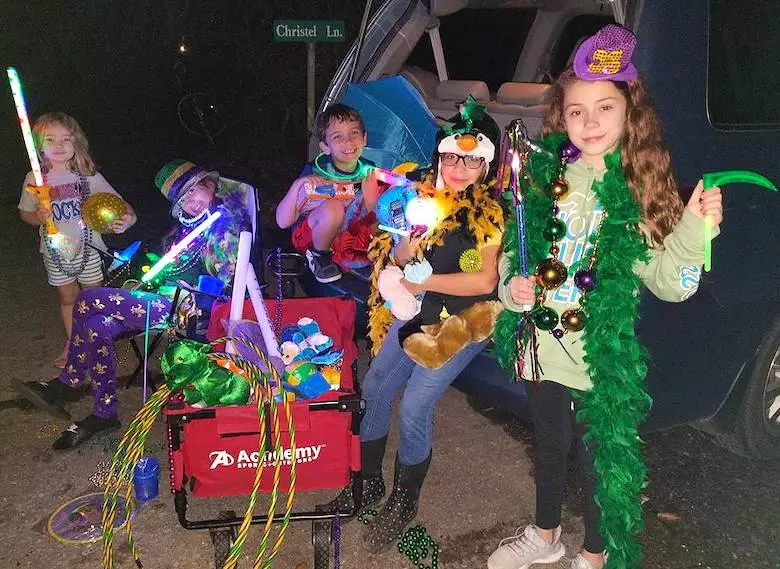
The throwing of trinkets to the crowds was started in the early 1870s by the Twelfth Night Revelers, and is
a time-honored expectation for young and old alike.
In 1884, Rex started using medallions instead of trinkets. These medallions are represented by today's
doubloons, aluminum and anodized in many different colors. They depict the parade theme on one side and the
Krewe's emblem on the other. They have become collectors items.

Other popular throws include cups (otherwise known as New Orleans dinnerware), long pearl beads and stuffed
animals. Some throws even light up.
Be warned! If you're at your first parade and reach down to pick up a doubloon with your hand, your fingers
may never be the same! Many stomp on doubloons in their rush to claim them
If you have questions, send us an email
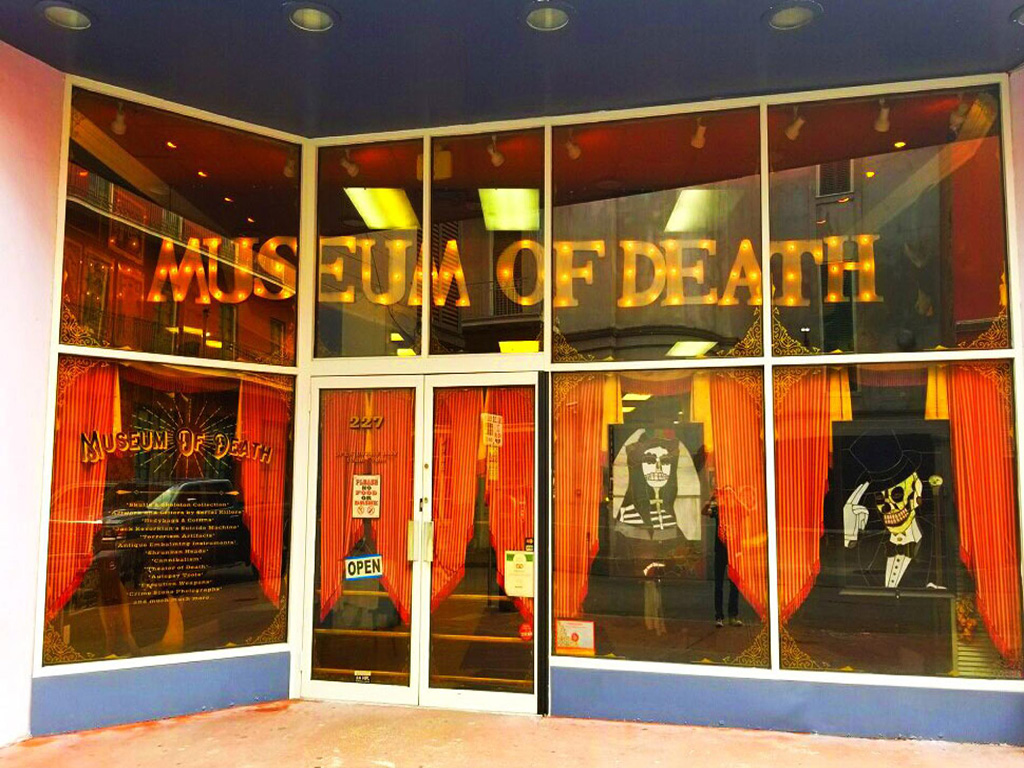
Premium Parking - P402, New Orleans
Long before it became our mission to provide a clean, efficient and friendly place to park, Jim Huger was working for parking management companies in Washington, D.C. and California. Yet, it wasn’t until the early 90s that Jim returned to New Orleans to lead...
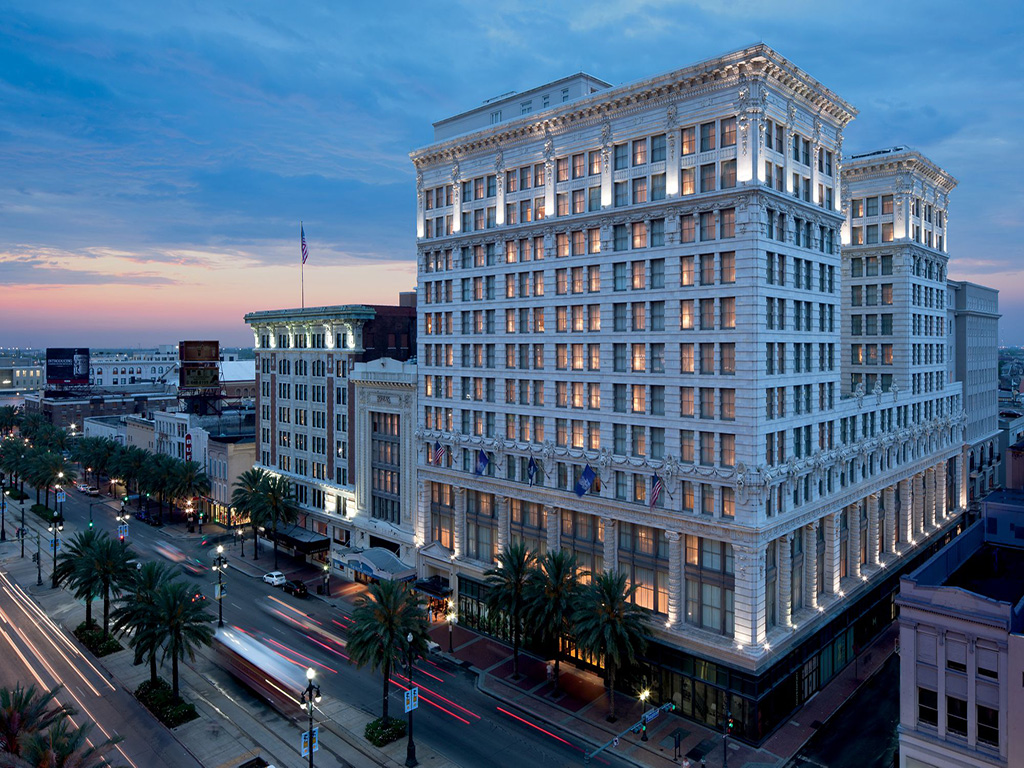
Haunted Museum & Spirit Shop
Using our professional paranormal equipment, holstic methods and big screen playback of your encounters, Bloody Mary Ghost Hunts are a very real hands on experiences/ They take place in our 200-year-old haunted house in the French Quarter at 826 & 828 North Rampart

